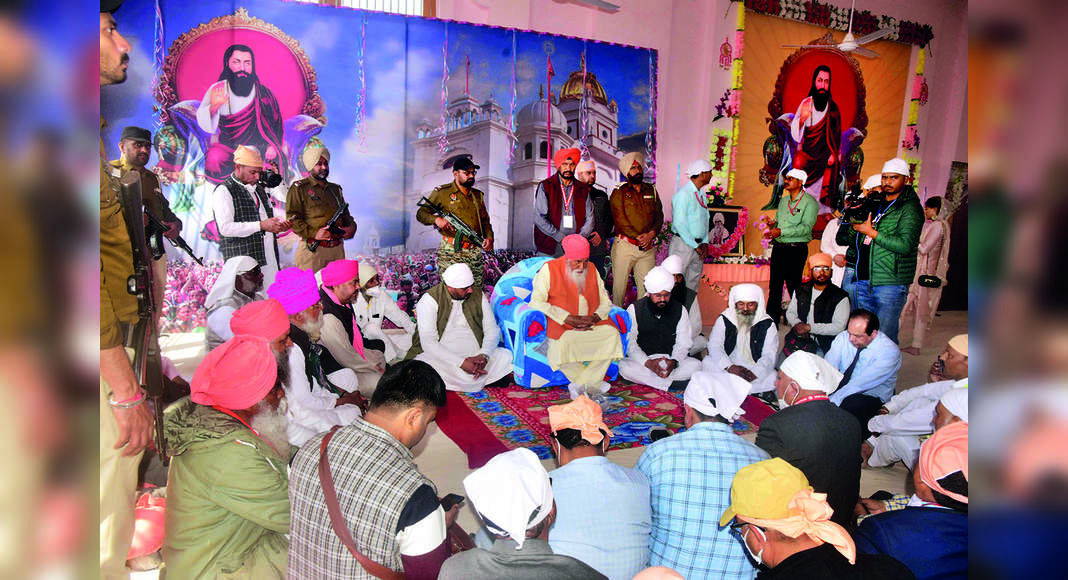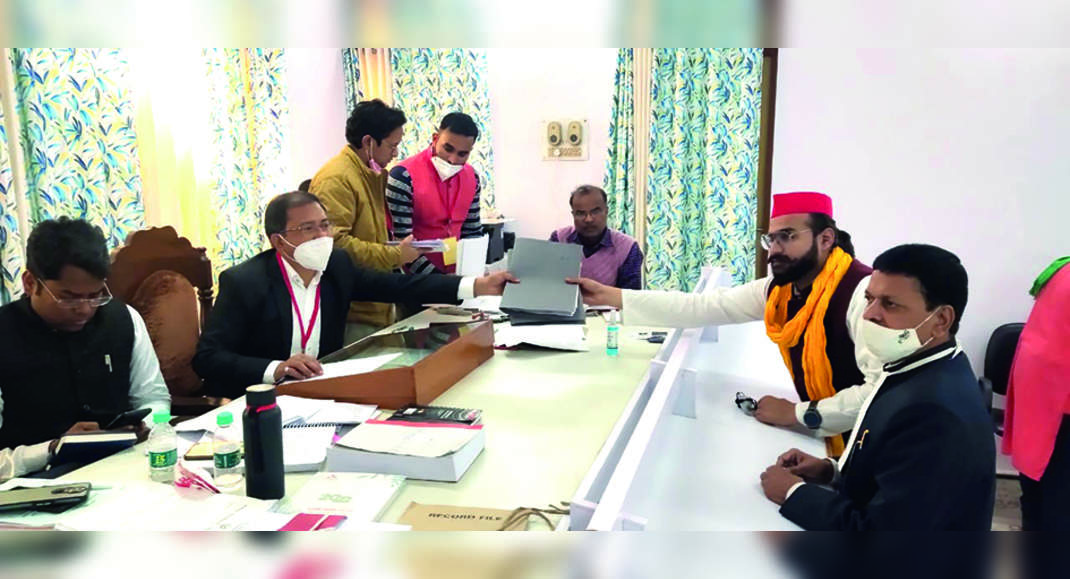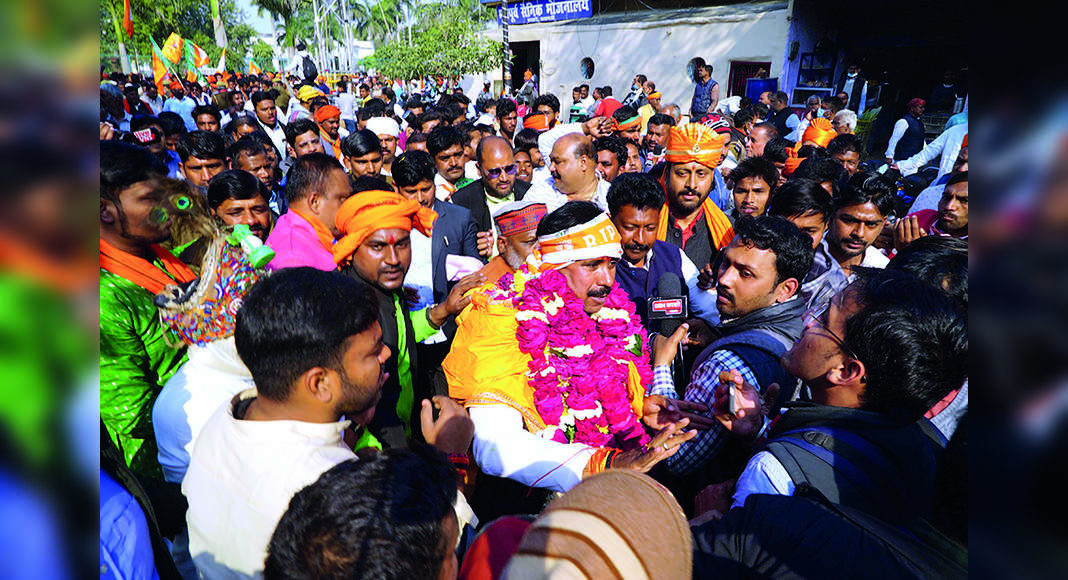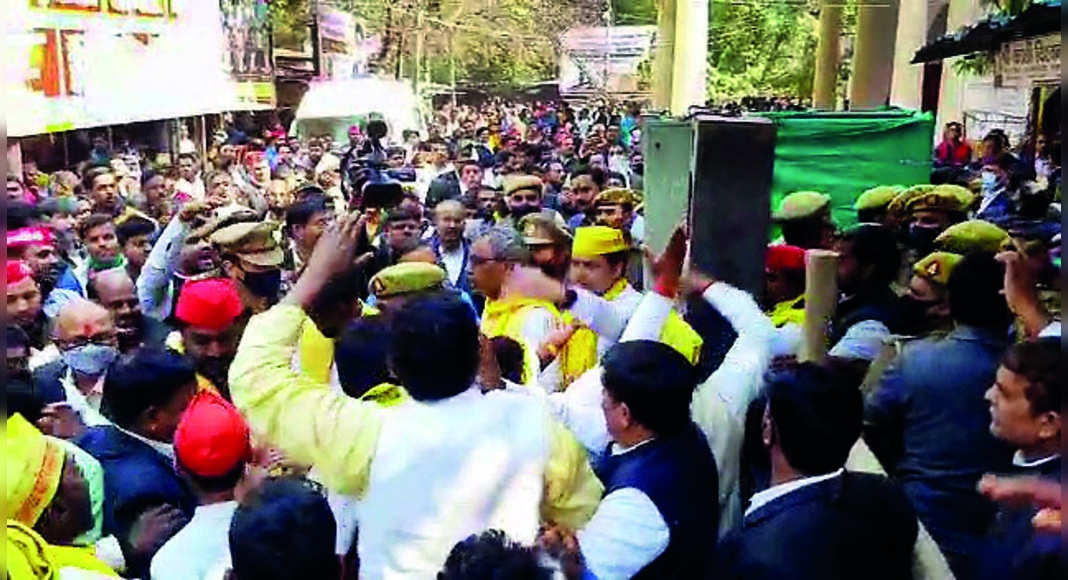Varanasi: Experts including river engineer and environmentalists are of the view that the 50 MLD sewage treatment plant (STP) being built under hybrid annuity mode in Ramna area would fail to serve the purpose of managing pollution in river Ganga in Varanasi.
The Ramna STP is in the eye of a storm, particularly after Chief Minister Yogi Adityanath sought a report from the divisional commissioner and asked to fix the accountability of the officials who prepared the sewage estimation report of Asi river (nullah) and detailed project report of Ramna STP.
During his recent visit to the city, the CM was informed that the sewage load on Ramna STP is over 60 MLD.
Interestingly, the sewage load till 2030 had been estimated as 50 MLD in the DPR.
“The work on the Ramna STP is a total wastage of money and time, as it is not only overburdened but also incorrect from the point of view of engineering,” claimed Prof.
Vishwambhar Nath Mishra, president of Sankat Mochan Foundation (SMF), an NGO acting as the watchdog of Ganga’s health since the inception of the Ganga Action Plan (GAP) in 1986.
“For the first time, we had made an actual measurement of sewage discharge into the Ganga through Nagwa drain in 2010.
At that time the sewage discharge was 64 MLD, which would have surely increased up to over 80 MLD in a decade,” Prof.
Mishra told TOI.
“After CM’s strong stance, authorities concerned would try to rectify the mistake, but it is not an easy task,” he said, adding that the sewage pumping built years ago at Nagwa for the STP is also of 50 MLD capacity.
“A pumping station never runs with full capacity, and in such a situation the STP will get less than 50 MLD sewage for treatment,” he added.
The sewage pumping station and interception and diversion of Nagwa Nullah, which was started in 2008 with a cost of Rs.
1,450.50 lakh, had been completed during the then chief minister Mayawati.
While as per the DPR the STP is being constructed with a capacity of 50 MLD, the general manager of Ganga Pollution Control unit of UP Jal Nigam Fanindra Rai said that the actual average discharge of sewage through Nagwa drain is about 80 MLD.
Regional officer of UP Pollution Control Board Kalika Singh too said that the average discharge of sewage through this drain is 80 MLD.
They said that the sewage discharged was measured by the flow meter.
It is also interesting to note that the Central Pollution Control Board (CPCB) has different figures regarding the sewage discharge through Nagwa drain.
According to CPCB’s monitoring report of 2018, the Nagwa drain discharged 198 MLD sewage during pre-monsoon period and 138.93 MLD during post monsoon period.
The CPCB in collaboration with State Pollution Control Boards (SPCBs) in the states and Pollution Control Committees (PCCs) in Union Territories has established a National Water Quality Monitoring Network (NWMP) in order to assess status of water quality and to facilitate for prevention and control of pollution in water bodies.
“How the DPR of 50 MLD was prepared, when the CPCB data suggested discharge of 198 MLD and 138.93 MLD sewage during pre-monsoon and post-monsoon periods respectively,” wondered Prof.
Mishra alleging that the same old mistakes of GAP are being repeated time and again without doing groundwork.
“The basic problem is that the persons not knowing the basics of river anatomy, morphology and dynamics are great doctors of the river,” said noted river engineer and director of the Mahamana Malviya Institute of Technology for Ganga Management and former professor at IIT-BHU Prof.
UK Chowdhary.
“Isn’t there a difference between a doctor and a pathologist?,” he said suggesting, “Kindly be a river doctor then solve the problem of the river.” Prof.
Chowdhary had also recently written to the CPCB chairman and pointed out the lapses in pollution management of the rivers.
“The Assi river was wrongly shifted, which caused the permanent shifting of the Ganga from the Assi ghat.
Now, the outlet of the Assi river joins the Ganga at Nagwa at 90 degree and causes the heavy loss of momentum and turbulence of the Ganga and is causing the spread of the pollutants,” he said.
He suggested that all river problems should be solved with the help of experts of river institutes/centres.
The experts of the Ganga Research Center BHU, the River Research Center, Pune, and Mahamana Malviya Institute of Technology for Ganga Management, Varanasi, he added.
Info: # The Ganga Action Plan (GAP) was launched by then Prime Minister Rajiv Gandhi in 1986 with the main objective was to improve the river water’s quality to acceptable standards by reducing pollution load # Three STPs with a total capacity of 102 MLD for treatment of municipal sewage at Deenapur, Bhagwanpur and Banaras Locomotive Works (BLW) in the first phase of GAP # In 2008, the Ganga was declared National River and the National Ganga River Basin Authority (NGRBA) was formed in 2009 as an empowered planning, implementing and monitoring authority for the holy river # In June 2014, the Narendra Modi government approved the ambitious ‘Namami Gange Programme’, an integrated conservation mission, as ‘flagship programme’ with budget outlay of Rs 20,000 crore to accomplish the objectives of effective abatement of pollution, conservation and rejuvenation of the National River # Two more sewage treatment plants have been established at Deenapur (140 MLD) and Goithaha (120 MLD) and now the sewage treatment capacity of the city is 362 MLD against generation of around 350 MLD sewage






